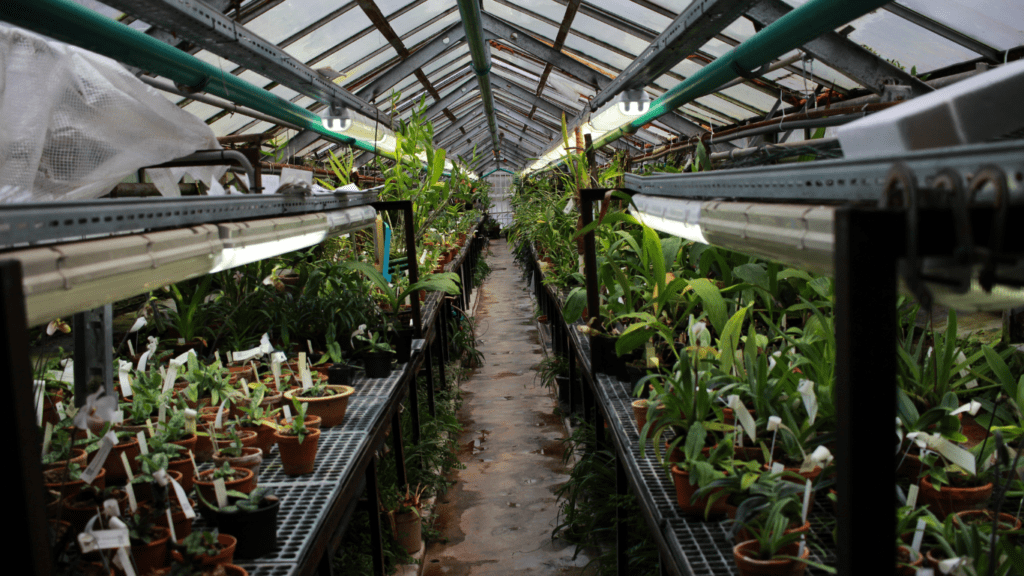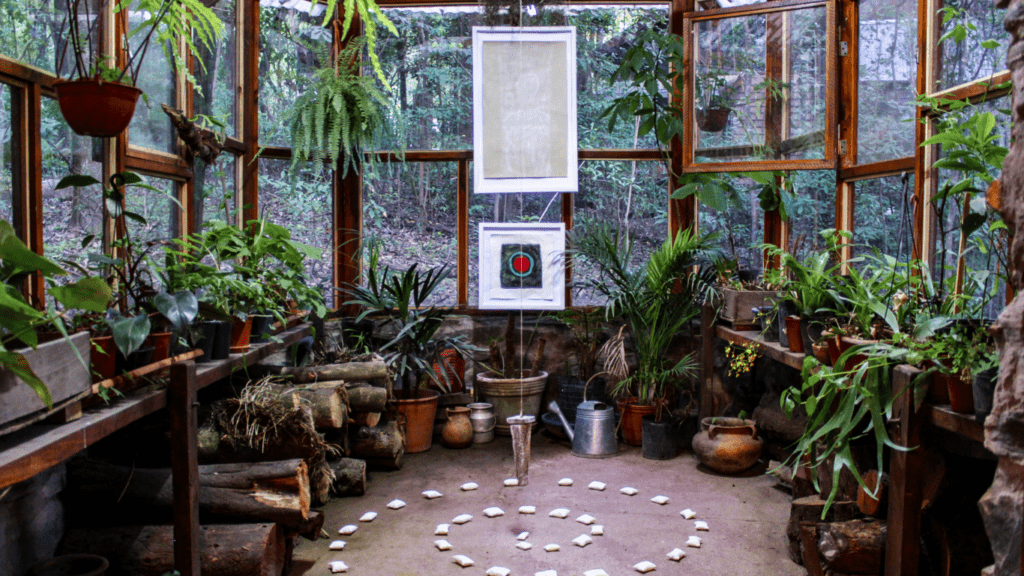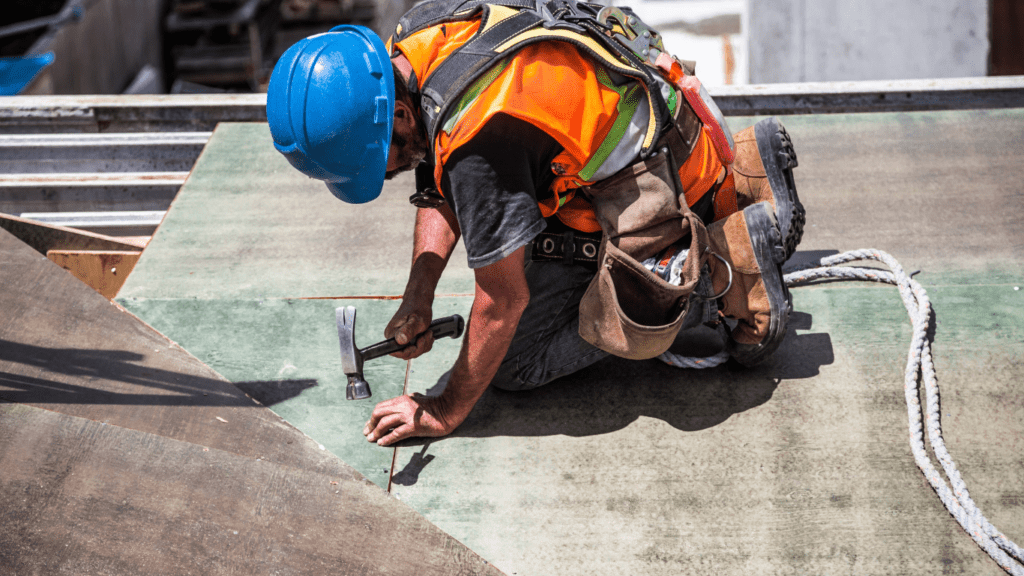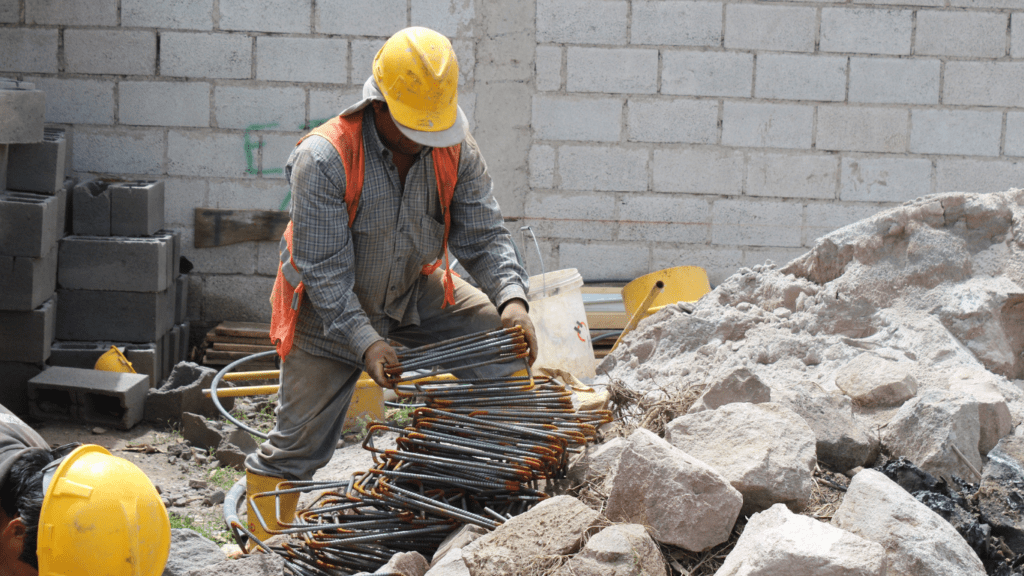As someone passionate about sustainable living, I’m excited to delve into the future of green housing and the evolving trends in sustainable communities. In today’s world, the concept of eco-friendly living is no longer a niche trend but a mainstream movement shaping the way we build and inhabit our homes.
From innovative green building materials to energy-efficient designs, the landscape of sustainable housing is constantly evolving to meet the demands of a more environmentally conscious society. In this article, I’ll explore the latest advancements in green housing, from smart technologies that optimize energy usage to community planning strategies that promote a more sustainable way of living.
Join me as we uncover the key trends driving the future of green housing and discover how these sustainable practices are not only beneficial for the planet but also for creating healthier and more vibrant communities for generations to come.
Overview of Green Housing
In discussing the future of green housing and trends in sustainable communities, it’s evident that eco-friendly living is no longer just a niche trend; it has become a mainstream movement. Innovative building materials and energy-efficient designs play a crucial role in creating sustainable homes that benefit both the environment and the health of communities for future generations.
Let’s delve into the advancements in green housing, focusing on smart technologies and community planning strategies that promote sustainable living.
Benefits of Sustainable Communities
As I delve into the benefits of sustainable communities, it becomes evident that they offer a plethora of advantages. Let’s explore the positive impacts they have on the environment and the economic benefits they bring forth.
Environmental Impact
Sustainable communities play a pivotal role in preserving our environment by reducing carbon emissions and promoting the efficient use of resources. By embracing eco-friendly practices such as solar energy, water conservation, and green spaces, these communities help mitigate the impact of climate change and foster a healthier ecosystem.
Additionally, sustainable buildings contribute to better air quality and lower energy consumption, leading to a more sustainable future for all.
Economic Advantages
The economic benefits of sustainable communities are substantial. From lower utility costs for residents to increased property values and job creation in green industries, the financial incentives are significant.
Sustainable practices not only result in long-term savings on energy and maintenance costs but also attract environmentally conscious buyers and investors. By integrating sustainability into community planning, we not only improve the quality of life but also stimulate economic growth and innovation.
Innovations in Green Building Technologies
Exploring the realm of green building technologies unveils a landscape of continual innovation and sustainability trends that are reshaping the future of housing. From advanced materials to cutting-edge design concepts, these innovations are revolutionizing the way we think about eco-friendly construction.
- Insulated Concrete Forms (ICFs): Using ICFs in construction involves interlocking forms filled with concrete to create a highly energy-efficient and durable building envelope. This technology enhances insulation, reduces energy consumption, and provides superior strength compared to traditional building methods.
- Green Roofs: Green roofs are becoming increasingly popular in sustainable architecture, offering a range of benefits such as enhanced insulation, stormwater management, and improved air quality. By integrating vegetation atop buildings, green roofs help reduce urban heat island effects and promote biodiversity.
- Solar Panel Integration: The integration of solar panels into building design is a key trend in sustainable construction. Harnessing solar energy not only reduces reliance on traditional power sources but also cuts down utility costs and carbon footprint. Advancements in solar panel efficiency and design continue to drive this trend forward.
- Smart Home Technologies: Smart home technologies play a crucial role in energy management and sustainability. Automated systems for heating, lighting, and appliances allow homeowners to optimize energy usage, thereby reducing waste and promoting eco-friendly living practices. From smart thermostats to energy monitoring devices, these technologies are shaping the future of green housing.
- Sustainable Building Materials: The use of sustainable building materials such as recycled steel, bamboo, and reclaimed wood is gaining prominence in the construction industry. These materials offer durability, aesthetic appeal, and a reduced environmental impact, making them ideal choices for eco-conscious builders and homeowners.
Incorporating these innovations into green building practices not only elevates the sustainability of homes and communities but also sets the stage for a greener, healthier future. As technology continues to evolve, the prospects for eco-friendly housing are brighter than ever, paving the way for a more sustainable tomorrow.
Integrated Green Infrastructure in Sustainable Communities
Exploring the integration of green infrastructure in sustainable communities reveals a crucial aspect of modern urban planning and development. Green infrastructure refers to the interconnected network of natural and engineered systems that provide a range of ecological, economic, and social benefits.
In sustainable communities, the incorporation of green infrastructure plays a pivotal role in enhancing environmental quality, promoting resilience to climate change, and fostering community well-being.
Benefits of Integrated Green Infrastructure
- Enhancing Biodiversity: By incorporating green spaces, such as parks, green roofs, and urban forests, sustainable communities provide habitats for diverse plant and animal species.
- Stormwater Management: Green infrastructure elements like rain gardens and permeable pavements help absorb and filter stormwater runoff, reducing the risk of floods and enhancing water quality.
- Heat Island Mitigation: Green roofs and urban tree canopies mitigate the urban heat island effect, reducing temperatures in densely populated areas and improving overall comfort.
- Air Quality Improvement: Trees, plants, and green buffers in sustainable communities help purify the air by absorbing pollutants and releasing oxygen, contributing to better respiratory health.
- Collaborative Planning: Sustainable communities adopt an integrated design approach that involves multiple stakeholders, including architects, landscape architects, engineers, and community members, to ensure the seamless integration of green infrastructure elements.
- Functional Versatility: Integrating diverse green infrastructure components, such as green spaces, bioswales, and green facades, enables multipurpose use of these elements for recreational, ecological, and aesthetic purposes.
- Resilience Planning: Green infrastructure in sustainable communities is designed with resilience in mind, considering climate change adaptation strategies, such as flood protection, drought mitigation, and extreme heat management.
- IoT Integration: The use of Internet of Things (IoT) technology allows for the monitoring and management of green infrastructure systems, optimizing resource use and performance efficiency.
- Smart Irrigation Systems: Automated irrigation systems based on real-time weather data and soil moisture levels ensure efficient water use in green spaces, reducing water wastage.
The integration of green infrastructure in sustainable communities represents a paradigm shift in urban development, where nature-based solutions coexist harmoniously with built environments to create resilient, vibrant, and livable spaces for current and future generations.



